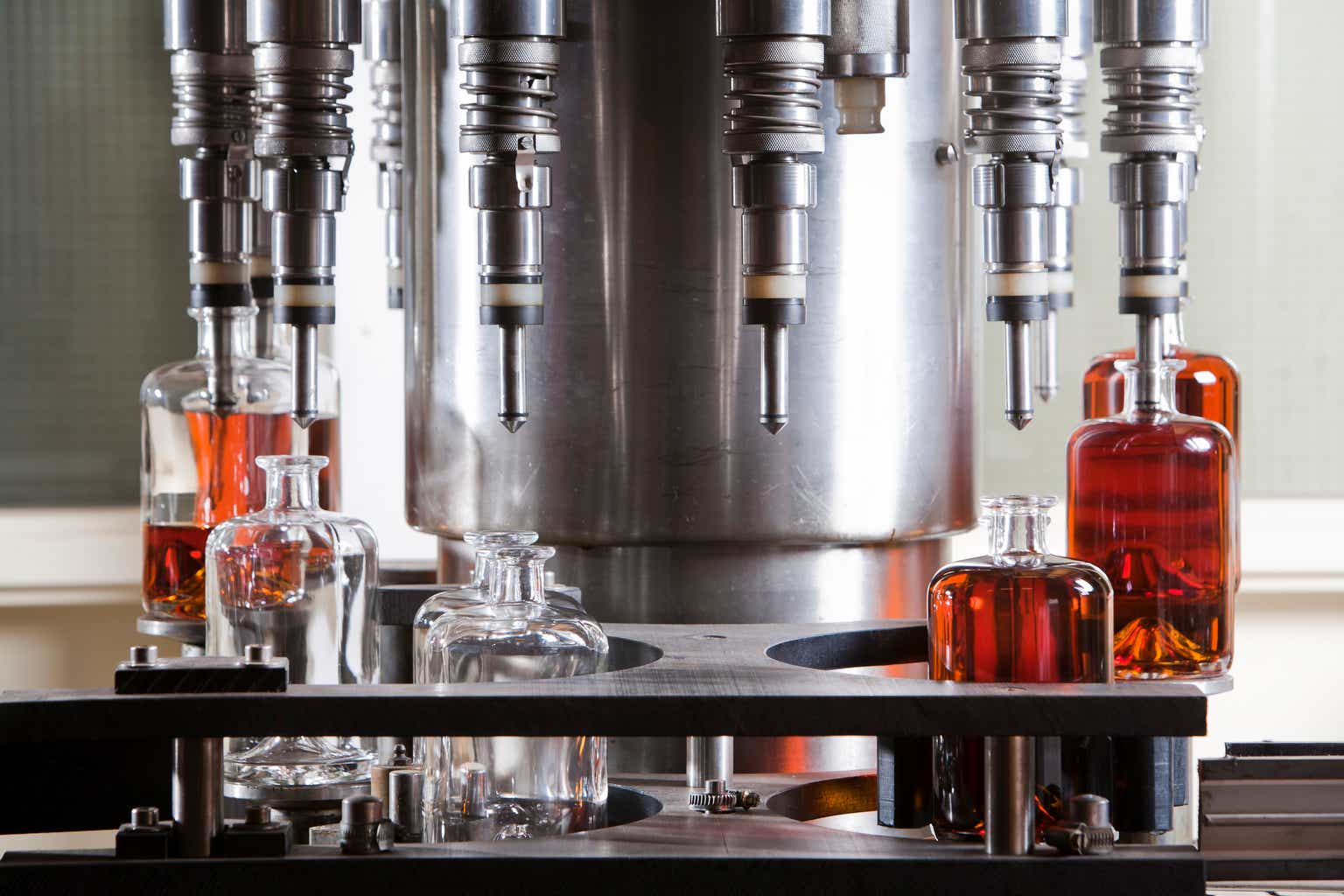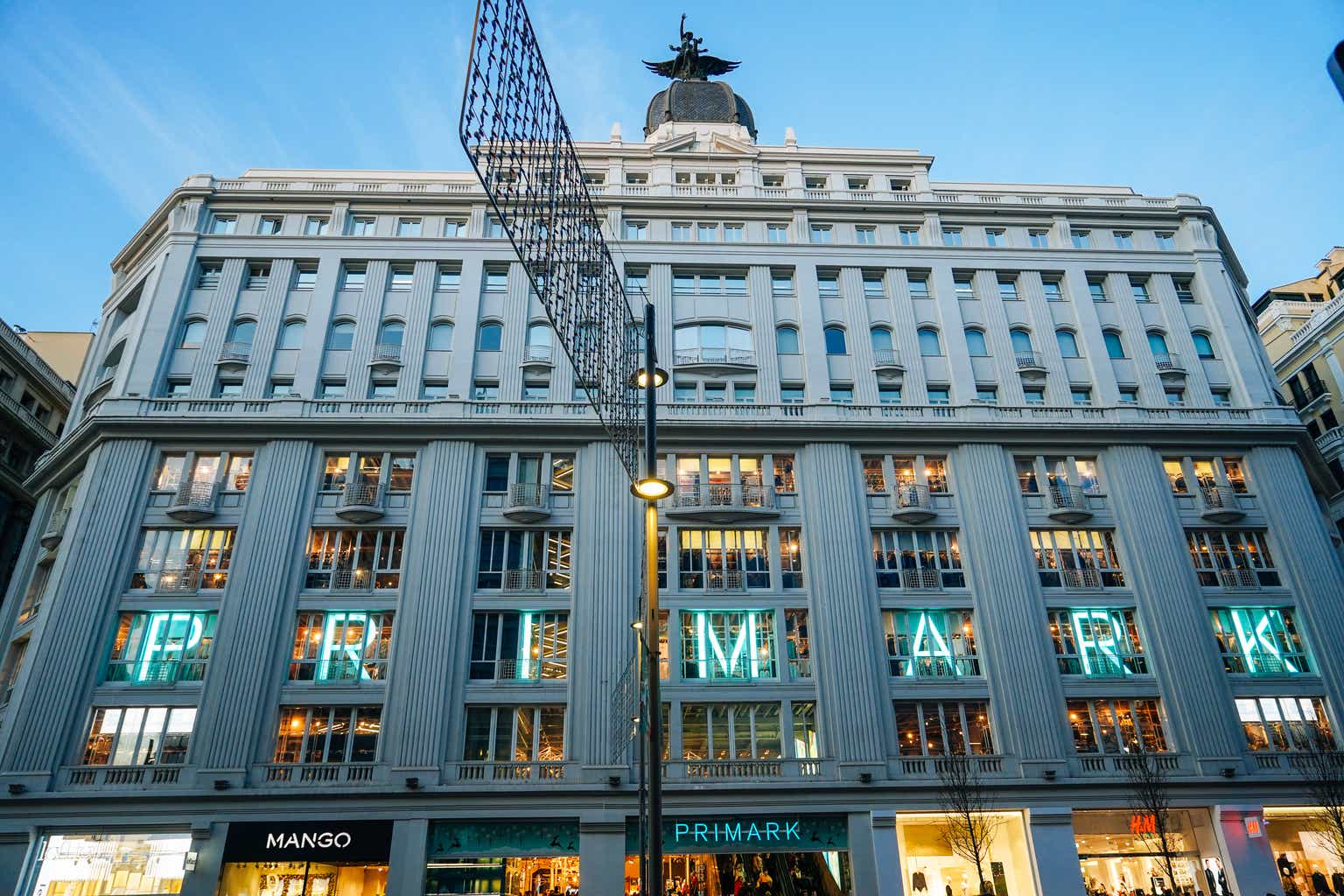kievith/iStock via Getty Images
Investors who want a one-stock solution for participating in the long-term upside of automation could definitely do worse than to consider IMI plc (IMIAY) (OTCPK:IMIAF). Not only is this company a significant player in motion and control across a range of end markets, but the business is also active in areas like climate control and precision fluidics for life sciences and healthcare. All of that gives investors broad exposure to a wide range of end markets, not to mention longer-term growth drivers like factory automation, green energy, and life sciences.
IMI shares are up more than 25% since my last update, which is a fair bit better than the broader industrial space, but more mixed relative to a broad comp group like ABB Ltd (OTCPK:ABBNY), Crane Company (CR), Emerson Electric Co. (EMR), IDEX Corporation (IEX), and ITT Inc. (ITT).
I still really like this business, but I’m a little more guarded on the shares. Valuation is okay but not “can’t miss”, and I do have some concerns that Process Automation, Climate Control, and Life Sciences / Fluid Control could be facing headwinds for a little while longer. Longer term, I like the company’s end-market and theme exposures though, and this is definitely no worse than a watchlist idea.
Mixed Trends In Q1, With Signs Of Emerging Weakness
Looking back at the company’s first quarter update, and considering them in the context of other companies like ABB, Emerson, ITT and so on, I wouldn’t say that the results were particularly surprising. Overall revenue rose 4%, which wasn’t bad relative to the broader sector, but there are emerging signs of weakness very much worth monitoring.
Process Automation was up 27%, with ongoing strength in energy markets led by LNG. Orders were down 3%, and while markets like oil and gas have held up better outside North America, there seem to be some emerging signs of softness here. There’s also growing evidence of weaker trends in process industries like chemicals, food/beverage, metals, and pulp/paper, all of which are coming off cycles that saw significant capex investment to expand capacity and/or retrofit to more automated systems. I’d also note that mining capex seems to be softening, and I don’t have a lot of confidence that strength in marine capex will last.
Industrial Automation fell 5% in the last quarter, and this is a less surprising result in the context of reports from ABB, Rockwell Automation, Inc. (ROK), Siemens Aktiengesellschaft (OTCPK:SIEGY), and so on. Companies have definitely hit the brakes on their capex spending plans in response to weakening demand and greater caution (and/or uncertainty) around the macroeconomic environment for the next six to 12 months.
Climate Control declined 4%, and IMI is starting to weak trends in non-residential construction across its markets pulling down some ongoing strength in building retrofits. Life Sciences and Fluid Control declined 22%, and IMI is certainly seeing the impact of a sharp slowdown in the global life sciences market as lab spending on equipment has dropped significantly. Last but not least, Transport was up a strong 19%, with IMI continuing to leverage its strength in commercial vehicle markets in India and China.
Longer-Term Drivers Remain Attractive
I do see a definite risk that IMI’s growth will decelerate for a couple of years. The business is already seeing a major rest in its life sciences markets, and I think there are still meaningful headwinds through the remainder of 2024 for the Industrial Automation and Climate Control businesses. Beyond that, I think many process automation markets are likely to decelerate further and IMI will see weaker revenue as it delivers on its order book and absorbs lower order activity in oil/gas, marine, and other process industry end-markets.
All of this is a result of pretty typical cyclicality in IMI’s end markets and nothing that worries me on a company-specific basis. In fact, I continue to believe that IMI has attractive end-market and theme exposure looking beyond 2025.
In industrial automation, I expect several more years of above-average capex investment in automation. Reshoring remains a significant theme in Western markets, and companies are using automation to offset issues with labor availability and cost. IMI is also leveraging its expertise in precision control to introduce automation solutions for newer market opportunities like battery manufacturing where there is a premium on precision assembly, handling delicate components, and avoiding contamination in the assembly process.
In process automation, I like the company’s leverage to renewable energy and emerging alternative energy sources like LNG and hydrogen. While I think the LNG market has moved past its initial capex surge, I do expect several years of healthy capex investment as countries look to ensure energy security ahead of increased renewables generation. With hydrogen, IMI’s experience in precision flow control and related technologies fits in well with the needs of customers, and I expect ongoing growth in industrial hydrogen generation and demand.
IMI’s Climate Control business remains well-leveraged to energy efficiency trends, and particularly in Europe. IMI’s components (valves, regulators, controls, and so on) optimize the efficiency of heating and cooling systems for non-residential and residential buildings and are complementary with alternatives like heat pumps that are gaining more traction in Europe.
Last but not least is the Life Sciences and Fluid Control segment. IMI offers a range of components, including valves, ionization and detection systems, flow/pressure controls, pumps, and power supplies that are used in a range of analytical instruments, medical devices, diagnostics systems, and precision industries like semiconductors and electronics.
IMI offers a lot of the core components needed for analytical instruments like mass spectrometers, and as I mentioned in a recent article on Bruker Corporation (BRKR), I still see a lot of growth potential in new lab-based diagnostics applications for mass spec. I likewise see ongoing demand growth for lab automation equipment and diagnostics systems that incorporate more advanced fluidics technologies (including liquid biopsy tests for cancer). Last but not least, IMI’s fluid control systems are used in multiple bioprocessing and bioproduction steps, giving the company leverage to not only ongoing growth in biologics-based treatments (like antibodies), but also overall growth in pharmaceutical production (readers may recall that Eli Lilly and Company (LLY) and Novo Nordisk A/S (NVO) have had to aggressively ramp up their production capacity to meet demand for new weight loss drugs).
The Outlook
IMI has generally attractive end-market exposures looking out beyond the next year or two. While competitive market share moves are worth watching, I believe IMI is still gaining share on balance, and particularly in more demanding markets where it often works closely with customers to develop customized solutions (making that business much stickier).
Management has also continued to push self-improvement drives aimed at generating a higher level of sustained margins and returns over the long term. Some of these initiatives include a focus on increased aftermarket sales (which tend to have strong margins, less cyclicality than capex, and high switchover costs), as well as ongoing process improvements aimed at improving manufacturing and marketing efficiency.
I do expect slower growth in FY’24 and FY’25 relative to the last couple of years and the growth I expect over the next three to five years. As I said, I expect slowing demand in many (if not most) process industries and a few more quarters of weakness in industrial automation and non-residential construction. Beyond FY’25, though, I expect growth to reaccelerate to the mid-to-high single-digits before slowing back to the mid-single-digits, with a long-term revenue growth rate in the neighborhood of 5%.
Margin improvement initiatives have already paid off to some degree, driving EBITDA margins from the mid-to-high-teens into the low-20s percentage. Near-term weakness in markets like life sciences is a bit of a risk, but I still expect margin improvement; I’m looking for around a half-point of operating margin improvement in FY’24 and another half-point in FY’25, with EBITDA margins moving to the mid-20s percentage over the next three or four years. At the free cash flow line, I expect IMI to reach the mid-teens, driving 6% long-term FCF growth, but I’m not that confident that IMI will get much beyond that level.
Between discounted cash flow and margin/return-driven EBITDA, IMI’s valuation looks mixed. The shares look around 5% to 10% undervalued today on cash flow, though that’s still enough to support a high single-digit long-term annualized expected return that I’d say is “okay, but not great”. With EBITDA, I can support a fair value almost 20% higher than today’s price, but I think market worries about order intake and near-term end-market weakness make that a harder target to reach.
The Bottom Line
If I owned IMI, I don’t think I’d be in any hurry to sell. I am a firm believer in the long-term attractiveness of industrial and process automation, and while there have been significant investments made here over the last three years, I believe there is still a long runway of growth. I also like IMI’s leverage in areas like LNG, hydrogen, and HVAC efficiency, as well as commuter rail and advanced life sciences/diagnostics tools.
The valuation and the risk of the market getting more spooked by cyclical downturns in multiple end markets are my issues right now. This is a name I’d definitely consider on pullbacks, but with the shares near an all-time high despite evidence of weakening end markets, I’m not inclined to chase it at this price.
Editor’s Note: This article discusses one or more securities that do not trade on a major U.S. exchange. Please be aware of the risks associated with these stocks.
Credit: Source link


































